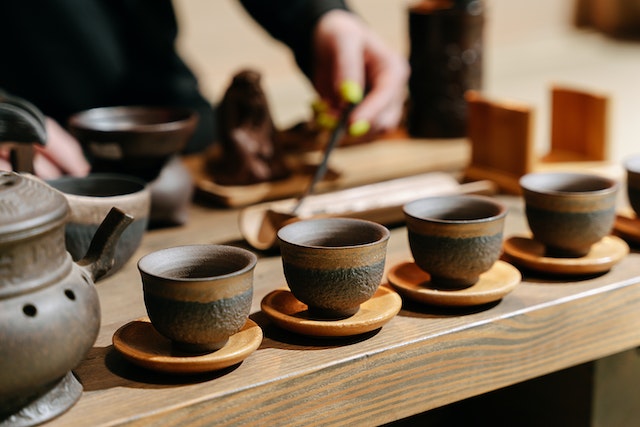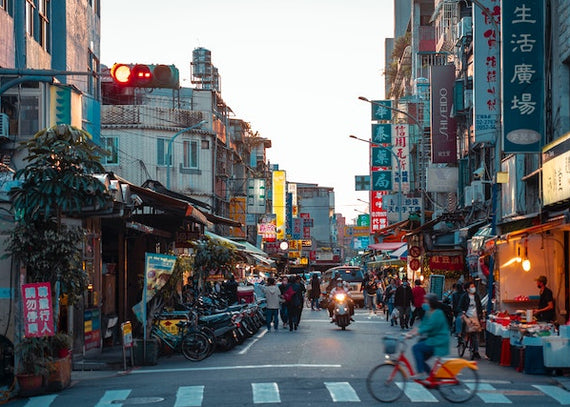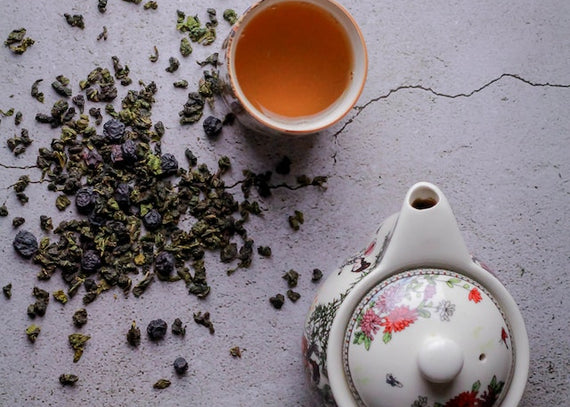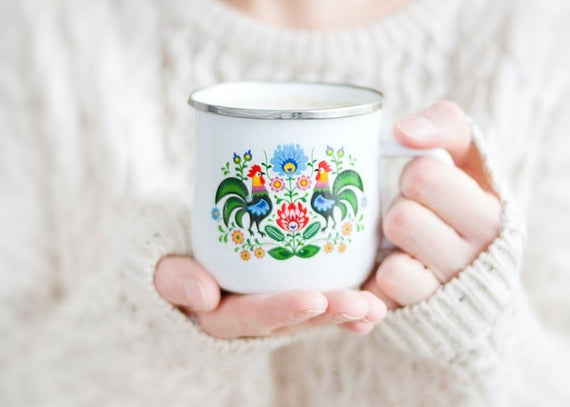Tea ceremonies are an integral part of Taiwanese culture. They're a way to slow down, enjoy the tea experience and strengthen the sense of friendship and community. The ceremonies are usually conducted using the local Taiwanese Oolong tea, and enjoyed by the guests in a pleasant ambiance, sometimes with quiet music in the background.
Taiwanese tea ceremony bears influences from both China and Japan, and it has, over the years, built on these and developed its unique cultural characteristics. However, unlike the Japanese and Chinese ceremonies, tea ceremonies in Taiwan have a more casual atmosphere and fewer rules. While Japanese tea events follow strict etiquette and Chinese traditions focus on the craftsmanship of tea making, the Taiwanese tea ceremony is more integrated with life, allowing the participants to slow down and appreciate the experience with their immediate community.
The steps and gestures of tea-making with family and friends need only to be smooth and calm. At the heart of the Taiwanese tea ceremony is a sense of friendship, caring, and respect rather than deliberate manipulation for the sake of tea art.
History of tea ceremonies in Taiwan
The Taiwanese tea ceremony has two origins: it was born from the Chinese Gongfu tea ceremony, which mainly soaked oolong tea and paid a lot of attention to utensils, the drinking environment, and the tea experience, but it also integrated ancient Chinese aesthetics from the Japanese tea ceremony. Taiwanese people purchased large numbers of tea utensils from Japan. Through the origin of this Japanese tradition, they explored the Chinese tea ceremony contained within it and finally developed their unique system.
Steps of the Taiwanese Tea Ceremony
Preparation
- The first preparation stage is known as 溫壺燙, literally "warming the pot and heating the cups." Boiling water should be poured into the teapot to warm it, then poured into the fairness cup. Then, the cups are laid on the table and heated with hot water, after which the water is discarded. In the Taiwanese Lao Ren Cha style, you can use wooden tweezers to pour out the water rather than bare hands. The etiquette suggests that the tea master should never move his arm over the teapot and instead maneuver his hands and utensils around it.
- The second stage of the preparation is known as 鑒賞佳茗, literally "appreciate excellent tea." This is an opportunity for the guests and the tea master to examine the tea leaves chosen for the ceremony and appreciate their aroma, appearance, and other features. When smelling the tea, participants should be careful not to exhale on the leaves.
- The third stage of the preparation is known as 烏龍入宮, literally "The black dragon enters the palace" (this specific name is used when redwing Oolong tea). Now, the tea master fills the teapot with the tea leaves using a tea needle. Traditionally, Yixing teapots can carry 7oz of liquid, but depending on the size of your teapot, you should fill it between ½ and 2/3 of its capacity.
Brewing and serving
- The leaves are rinsed using hot water poured from some height above the pot. This is known as 懸壺高沖, "rinsing from an elevated pot". As the teapot sits in a catching bowl, appropriately heated water gets poured over the leaves from some height until the teapot is full.
- The next step is known as 春風拂面, meaning "the spring wind brushes the surface." Any debris or bubbles get gently scooped away, and the teapot is closed.
- Here, the tea master can allow the tea to steep for a short moment, a step known as重洗仙顏, meaning "bathe the immortal twice". This allows the temperature outside the teapot to rise and match the inside of the dish. In some ceremonies, however, the water is almost immediately poured into the fairness cup and the drinking cups.
- Although this first brew is poured into the cups, the participants usually do not drink it. This is known as 行雲流水, "A row of clouds, running water". It is just another step of rinsing the tea leaves.
- The pot is then once again refilled with fresh hot water. This is known as 再注清泉, "Direct again the pure spring", meaning "pouring again from a low height." This second term refers to an essential rule in the Chinese tea ceremonies:高沖低斟, "high to rinse, low to pour." When rinsing, the water should be poured over the leaves from a height, which causes it to hit the leaves quickly and shortens the time the tea steeps. However, when brewing, the water shouldn't fall on the already rinsed leaves from a height to not force flavor out of them too rapidly.
- If bubbles form on the surface of the tea, the tea master should again remove them, and the pot should be closed and left to steep. The first brew usually takes about 20 to 50 seconds.
- In a traditional Chinese Gongfu ceremony, the brew is poured evenly straight into the guests' drinking cups. A Taiwanese-style tradition is different in that the tea is first poured into the fairness pitcher. This prevents each participant from receiving a slightly differently brewed tea.
Aroma and flavor appreciation
- In the Taiwanese tea ceremony, there's a focus on the tea's aroma and taste. Here, the master pours the tea into the fairness pitcher and scent cups (聞香杯). This is known as 毆杯沐淋, "bathing the scent cup."
- The drinking cup is held upside down above the scent cup, forming a balanced composition known as 龍鳳呈祥 or "The dragon and phoenix in auspicious union". This ritual act is seen as a way to seek prosperity, good fortune, and joy for all the guests.
- The cups are then turned over so that the scent cup is upside down in the drinking cup, still holding the liquid. This is known as 鯉魚翻身, "the carp turns over."
- In the lasts step, called 敬奉香茗, "respectfully receive the fragrant tea," the scent cup is removed, releasing the tea into the drinking cup. The participants are then invited to enjoy the aroma of the tea. Afterward, guests drink their brew, usually in three sips per the etiquette: one small one to appreciate the flavor, the main sip to consume most of the liquid, and another small sip to enjoy the aftertaste of the tea.
- At the end of the Taiwanese tea ceremony, the tea leaves are placed in a clean bowl so the guests can appreciate them again in their used form. Good etiquette is that the participants should make appropriate compliments regarding the selection of tea.
A high-quality oolong tea, typically used for a Taiwanese tea ceremony, can offer anywhere from 4 to 8 brews. Each brew is achieved using the same procedure from steps 8 to 14, but the steeping time is increased each time, usually by around 15 seconds.




